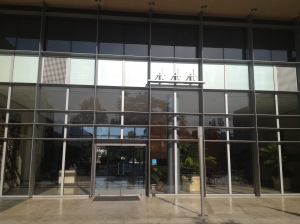If you are raising money for your startup, then most likely you would have heard of convertible notes. Your lawyer would say its cost-effective, other entrepreneurs would say it saves you the tricky valuation discussion and investors might like it for its simplicity. We heard all these good things and wrote a convertible note for our first financing. However, we realized that almost all the benefits can quickly vanish depending on your deal. So here are a few things to keep in mind.
You will save money [really?] – Lawyers will tell you that a convertible note will cost half of the priced [equity] round. However, this difference can narrow significantly if you don’t have a standard deal. The lawyer fee can rack up quickly with back and forth on terms and documentation. If you know your investors aren’t atypical startup angel investors and are most likely to negotiate hard on cap, discount and interest, then you should seriously consider doing an equity round right out of the gate.
Let’s not talk valuation, [but?] – I believe it’s a myth that a convertible note kicks the can down the road on valuation. Although standard convertible note terms include discount, most end up having a cap on conversion. Investors like to know [at least] how much they own for their investment in the company. A cap is nothing but valuation with a different name. A $2M cap on a note is really $2M valuation of your company at the time of financing.
Time to convert, [how?] – The idea of a convertible note is for it to convert into equity at some time [duh!]. The most likely scenario for conversion is at the time of priced [equity] round. Brace up for some ugly negotiations with your new investors on how a convertible note is converted. While your lawyer would suggest converting the note “into” the round, which means it is converted along with the new money [post- money], your new investors would want you to convert it pre-money to avoid dilution due to convert. This can significantly impact founders’ dilution depending upon the difference between the cap on the note and the valuation for the new round. The more notes you have, the worse the situation.
Do worry about the interest, [seriously?] – Most convertible notes accumulate interest in the range of 6-12%. Although it might look benign and lawyers might advise that it’s insignificant, you should pay attention to it incase you get lower cap on the note. Depending on the cap [or valuation] on the note, the interest itself can be significant at the time of conversion. For example, a $250K note at 8% interest compounded monthly at $2M cap and converted after 12 months will take away 1.35% of your company in interest only. Most likely that interest comes out of founders’ pocket.
In a nutshell, if you aren’t getting a standard deal, then question really hard if you want to go for a convertible note. Entrepreneurs who are raising money for the first time can fall for a convertible note for its perceived simplicity and cost-effectiveness. Yours truly is one of them. Remember, devil is in the details!
